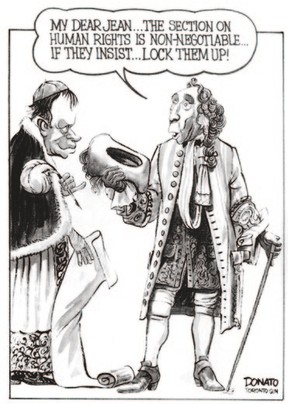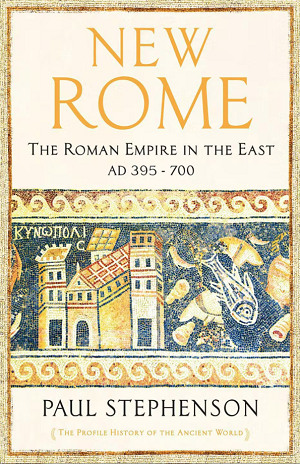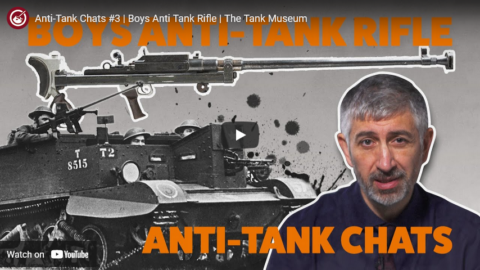In First Things, Craig A. Carter recaps the events of February here in Canada after the government suddenly decided to treat non-violent protests as existential threats to the regime:

A Toronto Sun editorial cartoon by Andy Donato during Pierre Trudeau’s efforts to pass the Canadian Charter of Rights and Freedoms. You can certainly see where Justin Trudeau learned his approach to human rights.
Last month, Canadian Prime Minister Justin Trudeau’s cabinet used special powers under the Emergencies Act to freeze the bank accounts of Canadian citizens who supported Freedom Convoy protests against vaccine mandates. The government partnered with banks and other businesses to “de-bank” Canadians, circumventing due process and normalizing a dangerous, undemocratic policy. Canada has since revoked the Emergencies Act and instructed banks to unfreeze the targeted bank accounts, but this action set a dangerous precedent.
On February 22, the House of Commons Finance Committee questioned Department of Finance Assistant Deputy Minister Isabelle Jacques about the details of these financial measures. The government revealed that more than 206 accounts were frozen. Exactly how many “more” was not indicated. Trudeau revoked the Emergencies Act on February 23. But we still do not know how many accounts were frozen. No judicial review is permitted of the actions of banks under the Emergencies Act.
The government targeted not only protest participants, but also those who merely donated to the protesters. A reporter asked Jacques if a person who donated to a crowdfunding platform with no further involvement in protests could have their bank account frozen. The answer was “Yes.” Some people were punished without being formally charged with a crime at all.
In some cases, the right to a trial and the presumption of innocence were discarded. The Royal Canadian Mountain Police (RCMP) has stated that they provided the names of Freedom Convoy donors to financial institutions. The RCMP claimed that these individuals were major influencers in the protests or truck drivers who refused to leave the area. This might be the case, but we have no way of knowing for sure. Normally, when the RCMP conducts an investigation, they charge an individual with a specific crime and then give evidence to the Crown prosecutor, who decides if the person should be tried in court. If the person is found guilty after trial, then the judge sentences the person, and the sentence is carried out. However, in this situation, the whole process was reversed. The RCMP determined guilt and imposed a punishment before conducting a proper trial for explicit charges. And because this was done under the Emergencies Act, citizens do not have the ability to sue the bank or the RCMP for mistakes — cases of mistaken identity, for example. There was no incentive against carelessness.
There has also been controversy over whose accounts were frozen. The Globe and Mail reports that the RCMP told the House of Commons Finance Committee on March 7 that a “small number” of additional accounts were frozen under the Emergencies Act based on the banks’ own “risk-based” reviews and were not on a list of names provided by the RCMP.






